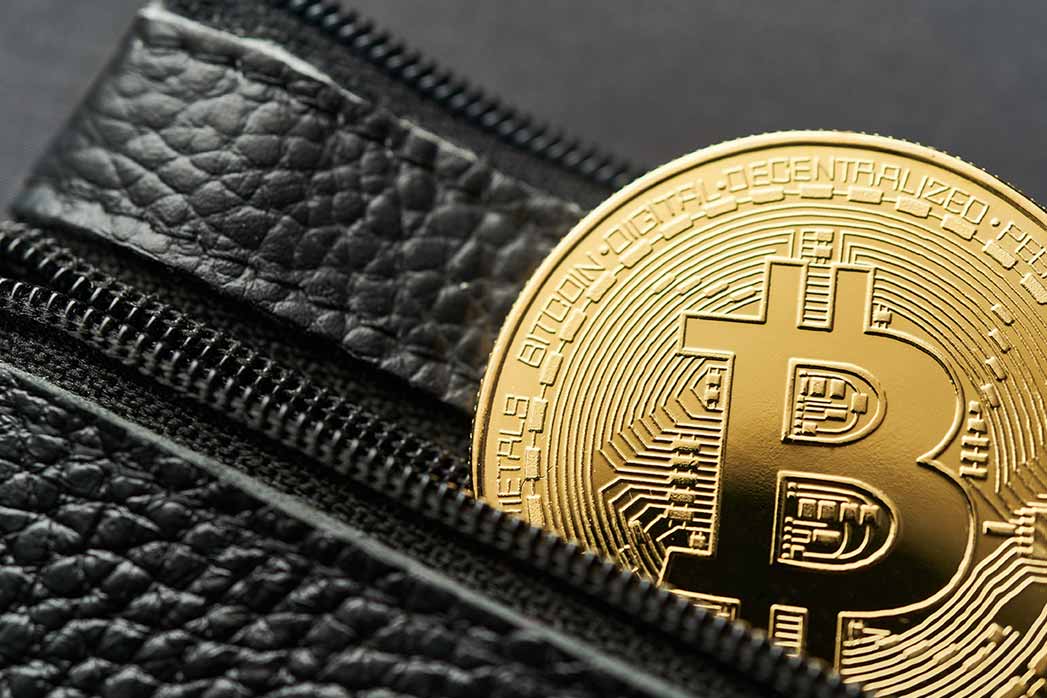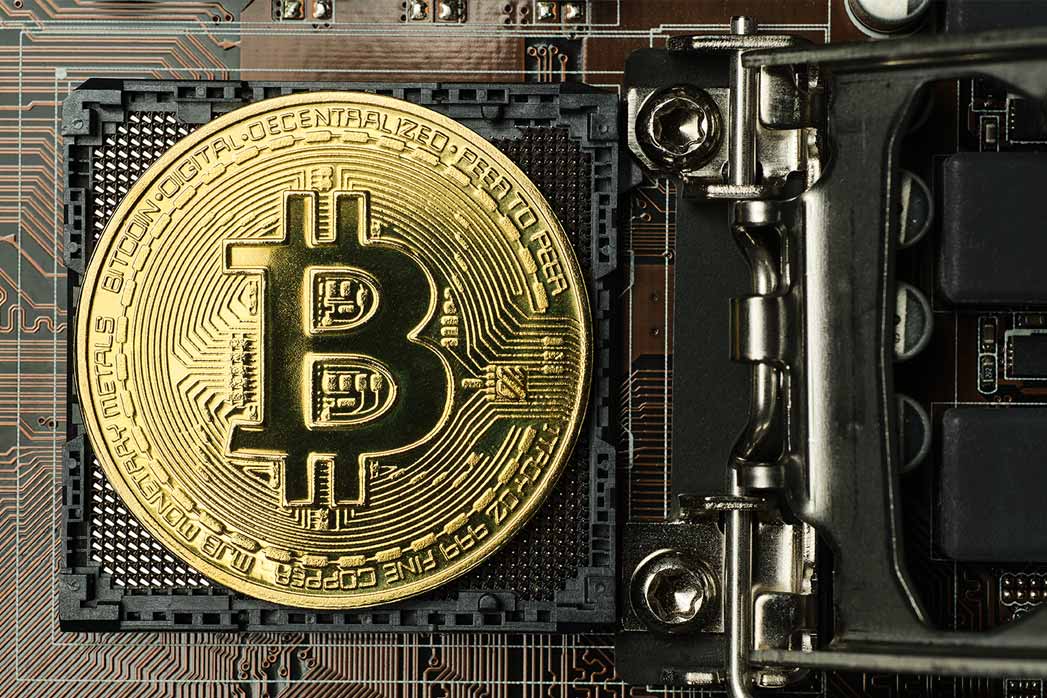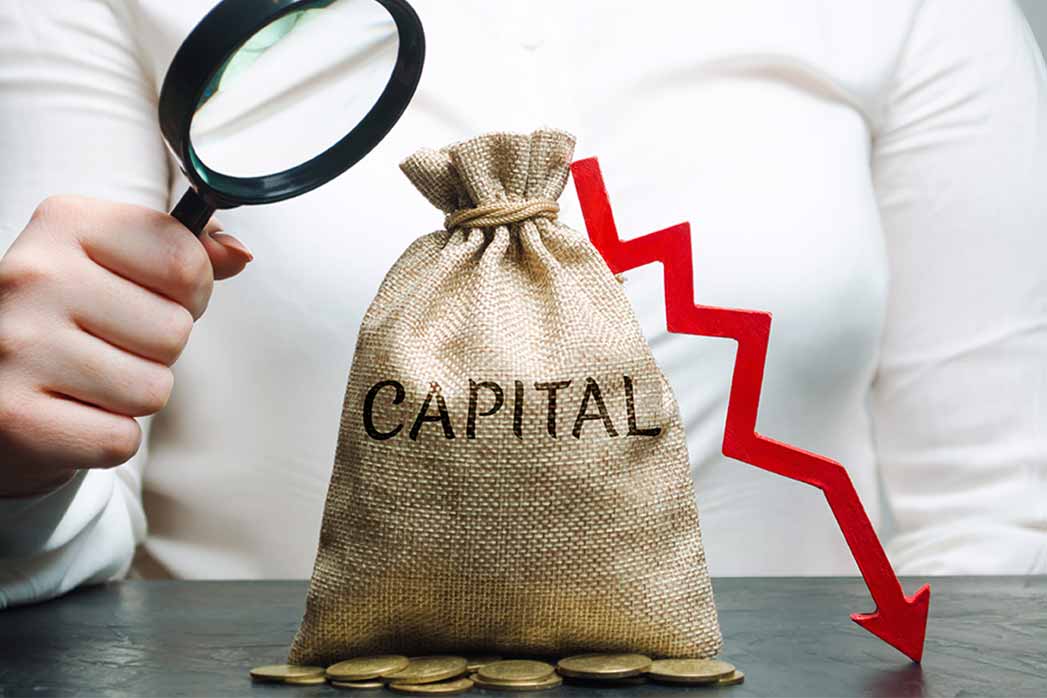The New Financial Arms Race Is Settlement Speed, Not Interest Rates
“The future of finance won’t be decided by who pays the highest rate. It will be decided by who settles without friction.” DNA Crypto.
For more than a decade, finance obsessed with interest rates.
Central bank decisions dictated asset prices, portfolio construction, and capital flows. Yield was the primary signal. Duration was the primary risk. Monetary policy sat at the centre of every serious investment conversation.
That era is ending.
The next financial arms race will not be won by who offers the best yield, but by who settles fastest, safest, and with the least capital trapped in transit.
Why Settlement Now Matters More Than Rates
Settlement speed is not a technical detail. It is a balance sheet variable.
Every hour capital is locked in clearing, reconciliation, or delayed finality is an hour it cannot be redeployed. In a world of tighter margins and higher competition, that inefficiency compounds quickly.
Faster settlement delivers three structural advantages:
- – Lower capital lockup
- – Reduced counterparty exposure
- – Greater operational flexibility
This is why institutions are investing heavily in settlement infrastructure rather than yield engineering. Capital efficiency has replaced rate sensitivity as the real competitive edge.
As DNACrypto has explored in “The Most Valuable Asset in 2026 Will Not Be Yield — It Will Be Credible Settlement,” trust in finality now matters more than marginal returns.
Why Stablecoins Sit at the Centre of This Race
Stablecoins did not succeed because they were innovative. They succeeded because they worked.
– They settle continuously.
– They operate globally.
– They remove layers of intermediation.
For OTC desks, tokenised assets, and cross-border treasury flows, Stablecoins have become default settlement instruments, as examined in Stablecoins Are the Hidden Infrastructure of Modern Finance.
Their advantage is simple: they collapse settlement time from days to minutes, sometimes seconds.
Under MiCA, Europe has chosen to regulate this reality rather than fight it, a shift analysed in Stablecoins After MiCA.
CBDCs Are Competing on the Same Battlefield
CBDCs are often misunderstood as ideological projects. In reality, they are infrastructural responses.
States are losing settlement relevance as private rails move faster than public ones. Wholesale CBDCs are designed to re-anchor institutional settlement, not to reinvent retail money.
The strategic importance of this is evident in CBDCs and the Private Market.
CBDCs are not about replacing Stablecoins. They are about ensuring that state money can still participate in a world where speed defines credibility.
Tokenisation Compresses the Entire Lifecycle
Tokenisation accelerates more than settlement. It compresses the entire capital lifecycle.
When assets are tokenised:
- – Issuance is automated
- – Compliance is embedded
- – Transfers settle near-instantly
- – Reporting becomes continuous
This reduces idle capital and shortens holding periods without changing the underlying asset. The strategic implications are explored in Tokenisation Will Change How Finance Wins — Not Who Wins.
Tokenisation is not about access. It is about velocity.
Why Bitcoin Is Not Competing — And Why That Matters
Bitcoin is not part of this race.
It does not optimise for settlement speed inside the financial system. It exists outside it.
That is precisely its power.
Bitcoin settles without relying on counterparties, clearing houses, or policy alignment. Its role is not efficiency, but independence. This distinction is central to Bitcoin as Financial Infrastructure.
In a world racing to settle faster, Bitcoin remains the option when settlement credibility elsewhere is questioned.
The DNACrypto View
– Settlement speed will define the next.
Register today at DNACrypto.co












